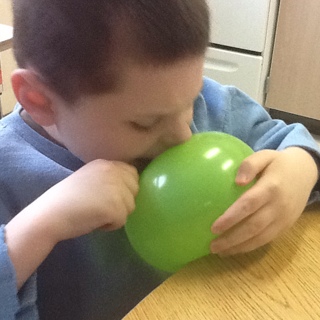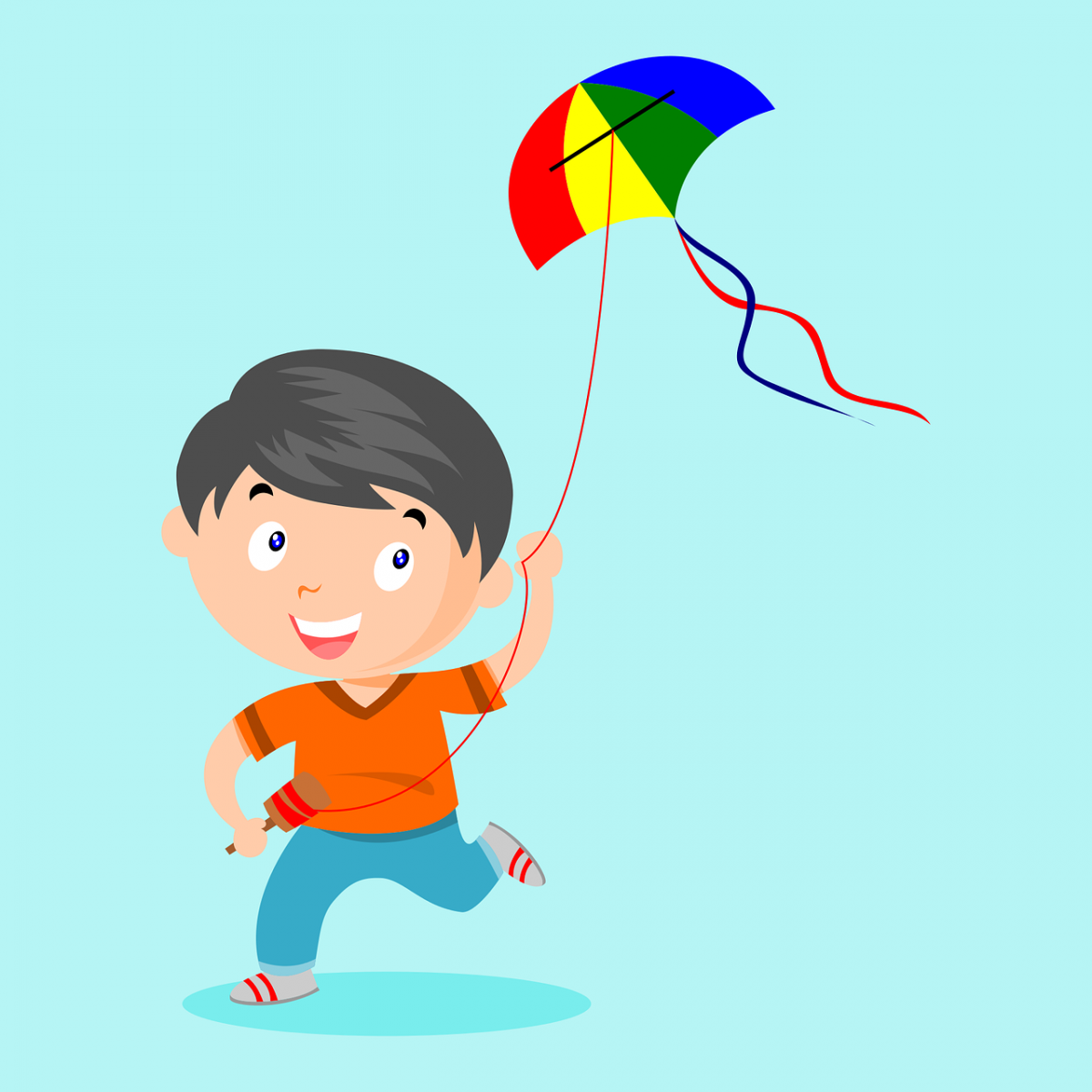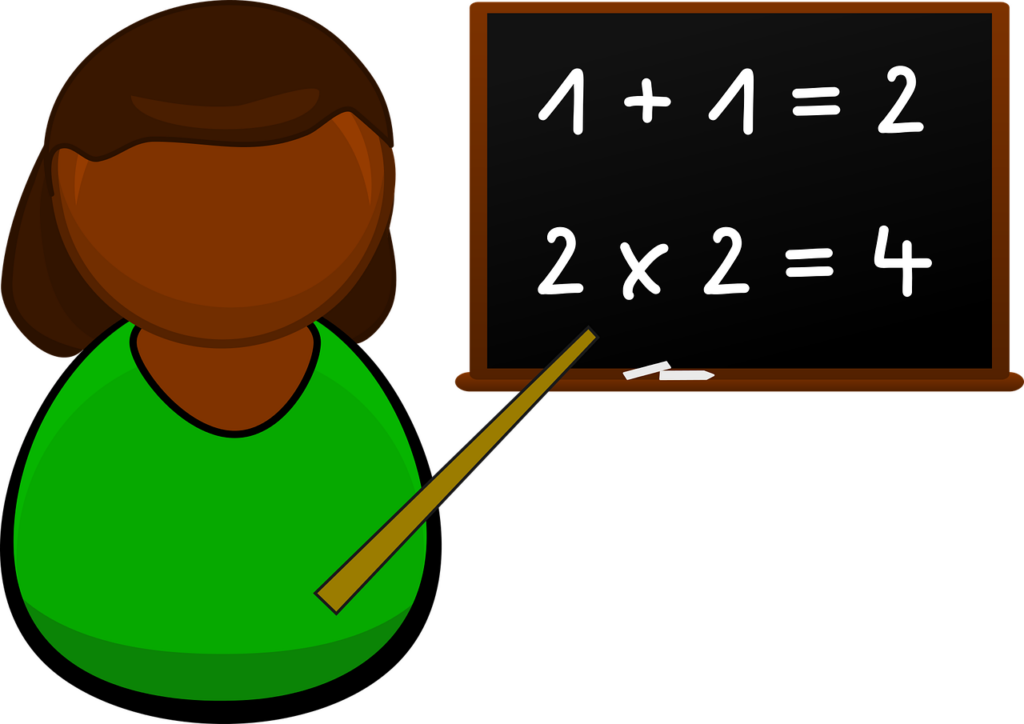These are stories based on the student’s own activities and highlight the part of the experience that is memorable to the student. As a co-creator of the story, the adult or possibly a peer needs to be a close observer of the student during the experience. What engages the student? How does the student interact with things and people during the experience? Are there things that are unexpected or even startling to the student?
The stories model language related to the student’s symbolic or interactive play level. For example, the student may need shorter phrases rather than long sentences with a lot of detail, or use a series of object or tactile symbols to recall the experience. The student may be developmentally at a level where solitary or parallel play occurs, so the “story” may consist of the adult reviewing through tactile exploration and minimal words or signs the items or actions observed during the experience. At a higher level of development when interactive and constructive play is taking place, the child might lead the storytelling by sharing what is most interesting to him.
Including interesting sound-effects may also be a feature that helps the student recall and begin to sequence the events. At first the story may not follow the sequence of events that occurred in the initial experience. Later, recalling the story in sequence builds additional literacy skills.
Most importantly, sharing the story with others, especially someone who was not a part of the original experience is important. Any experience can become a story, and when the adult models “writing” a story around experiences, this becomes a natural ending to an experience. It introduces the child to the notion that they can share their experience with others in both dynamic (oral or signed) and static (print, braille, etc.) ways.

Characteristics of Play-Based Experience Stories
- Based on student’s own activities
- Highlight part that was memorable to STUDENT. (Look for part in which student was engaged or interactive)
- Model language related to student’s symbolic or interactive play level (e.g. “together”, sound effects)
- Initially, introduce writing as natural ending to activity
- Share story with someone who wasn’t there for the experience.
- Little or no sequencing to begin with–later build in beginning, middle and end.
Incorporating the Six Essential Components
Watch the video examples below of Experience Stories, and note the way that they incorporate the Six Essential Components.
- UP: An Interactive Story-Writing Process with a Prelingustic Student Who Is Deafblind
- Rubbing Motion on Face
- Water Balloons
- The Boy with the Kite
- A Visit to the Drum Store
- Butting Heads
- Example of Sharing Experience Stories with Peers
Click on the images below to go to the corresponding video.







Return to Playing with Words homepage.



